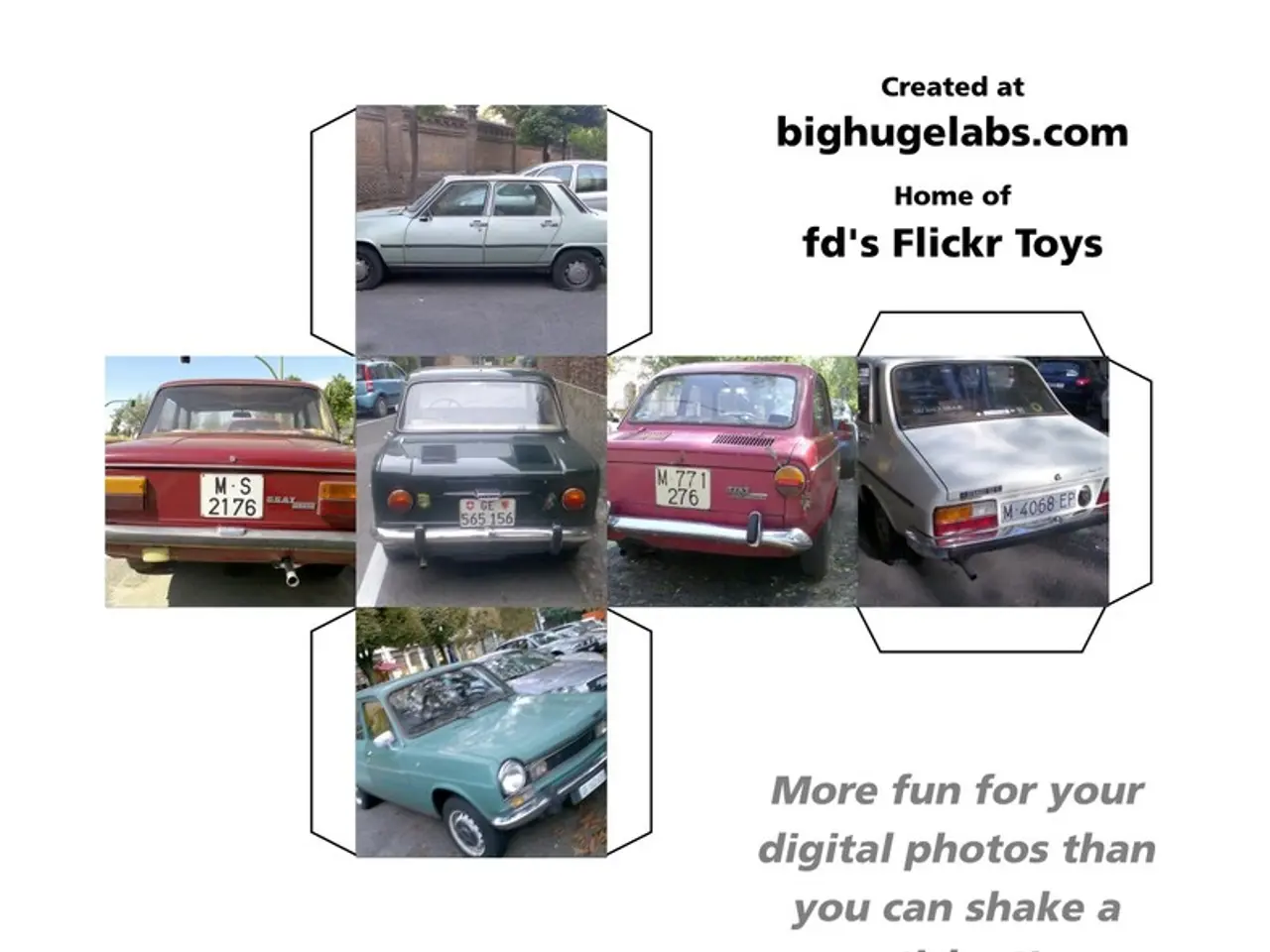Hydrogen-powered vehicles teeter on the brink of closure - "Indifference Prevails"
The future of hydrogen cars remains uncertain, primarily due to declining popularity and significant infrastructure challenges. While hydrogen fuel cell vehicles (FCEVs) have the potential to grow—supported by declining fuel cell costs and some improving infrastructure—issues remain that hinder widespread adoption.
Key reasons include infrastructure shortcomings, costly and complex infrastructure development, public and market perception, and policy and regulatory influence.
Infrastructure Shortcomings
Hydrogen fueling stations are very limited, making it hard for consumers to adopt hydrogen cars widely. Without a robust network of refueling stations, hydrogen cars cannot compete with electric vehicles, which benefit from a rapidly expanding charging infrastructure.
Costly and Complex Infrastructure Development
Building and maintaining hydrogen infrastructure is costly and technologically demanding. Safe storage, transport, and distribution of hydrogen require significant investment and innovation, which is still in early stages despite promising startups working to address these issues.
Public and Market Perception
Hydrogen cars have struggled with popularity partly because of misconceptions about safety, efficiency, and the availability of hydrogen fuel. This has led to slower consumer demand compared to battery electric vehicles, which are more established in the market.
Policy and Regulatory Influence
Government policies are crucial in shaping hydrogen adoption. While supportive policies can incentivize hydrogen car deployment, inconsistent or insufficient regulations and mandates around hydrogen infrastructure development limit growth.
The Lack of New Filling Stations
The lack of new hydrogen filling stations being built further limits the availability of hydrogen cars. This scarcity makes driving a hydrogen car difficult, and finding an operating hydrogen filling station is becoming increasingly challenging as more and more are being closed and shut down.
Competition from Electric Vehicles
Another option often overlooked is the fuel cell vehicle, or hydrogen car. However, hydrogen cars face popular competition from electric vehicles, which are becoming increasingly affordable and efficient. The automotive industry is still booming despite a slight decrease in demand in recent years, and many people are unsure about which vehicle to invest in, often choosing between combustion engine cars and electric vehicles.
The High Costs of Hydrogen Production
The high costs of hydrogen production contribute to the decline of hydrogen cars in the market. Most hydrogen for cars is currently produced from fossil fuels, resulting in CO2 emissions. This is in contrast to classic electric vehicles, which store energy directly in a battery and draw power from the power grid.
The Future Outlook
Many experts now see no hope for hydrogen cars and believe they will have no future. However, some forecasts are optimistic about hydrogen fuel cell growth, projecting millions of vehicles by 2030 based on declining costs and better infrastructure.
Despite these projections, the current lack of widespread refueling infrastructure and the slow rise in consumer acceptance create significant uncertainty about the future viability of hydrogen cars relative to other clean vehicle technologies. This infrastructure gap remains the biggest hurdle to scaling hydrogen vehicle adoption on a broad scale.
- In comparison to electric vehicles, the lack of a robust network of hydrogen fueling stations hinders the widespread adoption of hydrogen cars.
- apart from electric vehicles, the high costs and technological demands of building and maintaining hydrogen infrastructure are significant barriers for the automotive industry.
- Public and market perception contributes to the struggles of hydrogen cars due to misconceptions about safety, efficiency, and hydrogen fuel availability.
- Government policies play a pivotal role in hydrogen car adoption, with inconsistent or insufficient regulations and mandates around hydrogen infrastructure development limiting growth, especially amid the expanding charging infrastructure for electric vehicles.




